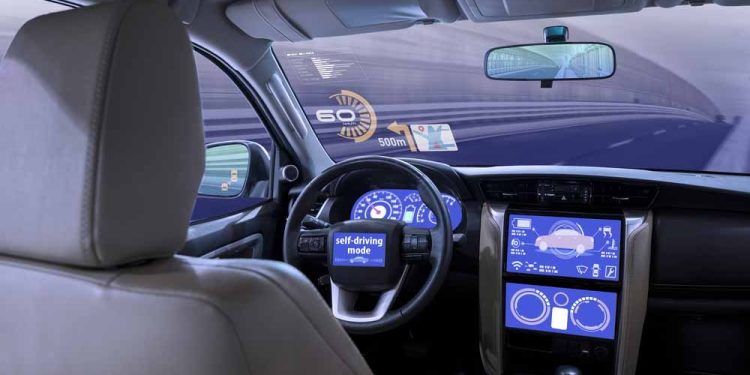It may be not just around the corner, but it Is certainly Self-driving automobiles (or autonomous vehicles) are reaching a stage where they are as good or better than human drivers. And companies such as Google, Tesla, and Uber are pushing the limits of innovation to control the space. In a recent report, Business Insider predicted that as many as 10 million self-driving cars are on the street as early as 2020.
Let’s take a very long leap of 30 decades or more to the future. Envision a world where a vast majority of those cars on the street are self-driving autonomous vehicles. In addition, for the sake of this article, let us assume that in the future, most commuters have given up on conventional vehicle ownership in favor of car-sharing services such as Uber and Lyft. So buckle up, and let us see where this road takes us. It’s expensive to own and maintain a private automobile. Driverless cars include the possibility of inexpensive and convenient transport.
Driverless cars can reduce harmful emissions by around 60%. What’s more, these cars can be programmed to maximize the potential reductions, which is amazing news for the environmentally conscious and anybody who wishes to leave a minimum effect on Nature. Today, cities are made for cars. Taken over, and towns are becoming less and less pedestrian-friendly. The debut of driverless cars could change this occurrence, reverting city layout to being of and for the people. More exact driverless cars imply narrower streets, with bigger spaces for pedestrians.
Why is it taking longer than anticipated to get self-driving cars on the street?
Self-driving cars rely on artificial intelligence to do the job. The 2010s were a wonderful decade for AI. We saw big improvements in translation; AI Used to have difficulty identifying dogs in pictures; now that is a trivial task. It’s this advancement in AI that drove the positive predictions for Self-driving automobiles in the mid-2010s. Researchers expected that we could build on the awesome gains they had seen (and are still viewing) in different areas. But When it came to self-driving automobiles, the constraints of these gains became very apparent.
Despite extraordinary amounts of time, money, and effort spent, no team could work out how to have AI solve a real-world issue: navigating Our streets with the high level of reliability needed. Much of the difficulty is the need for a great deal of training data.
The Perfect way to train a self-driving Vehicle Is to reveal countless hours of driving footage and use that to instruct the computer on good driving behavior. Do very well when they have abundant information, and quite badly when they’ve just a small bit of it. But collecting data for self-driving automobiles is expensive. And because some events are infrequent — seeing a car accident ahead, Say, or falling debris on the street — it is possible for the car to be outside Of its depth since it’s struck a scenario so infrequently in its training data.



























